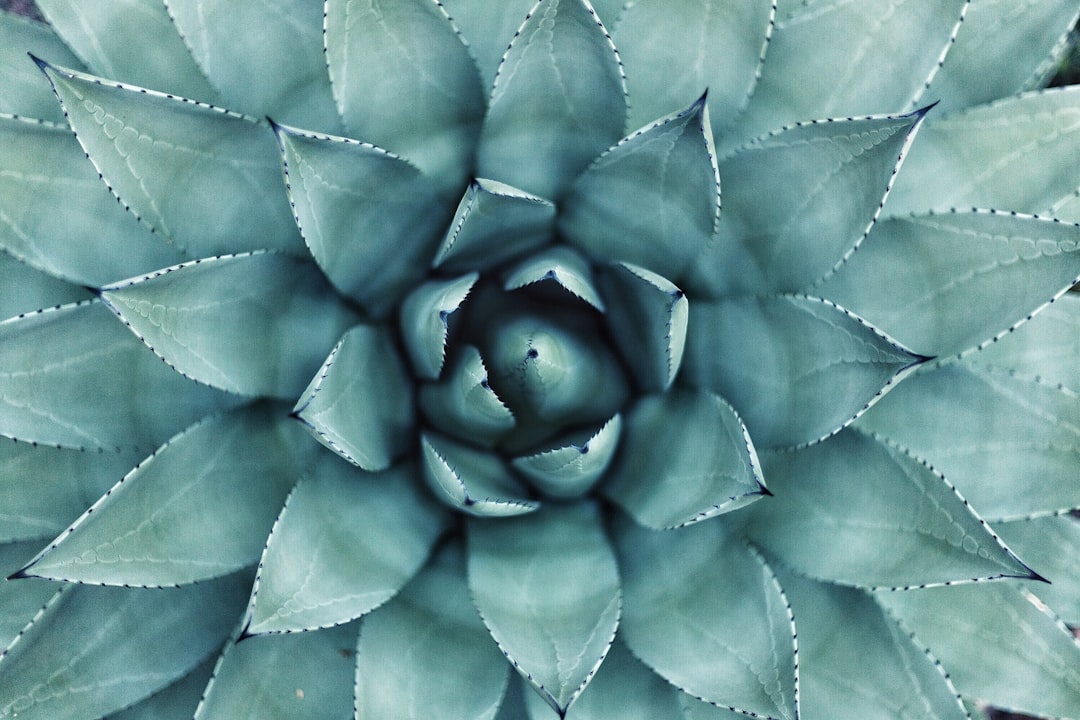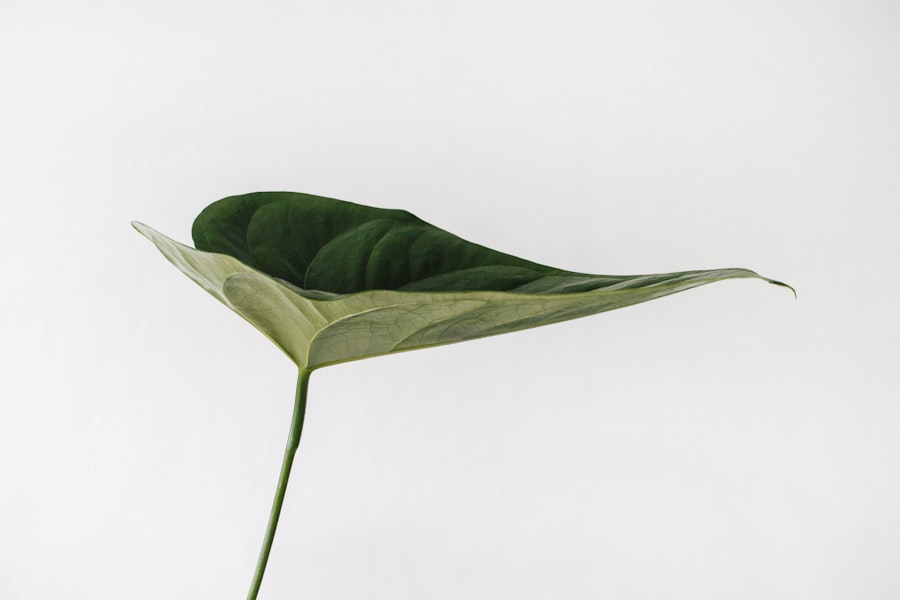Growing Common Sage: Tips for a Thriving Herb Garden

Sage, also known as Salvia officinalis, is a perennial herb that has been used for centuries for its culinary and medicinal properties. It is native to the Mediterranean region and has a long history of use in traditional medicine and cooking. Sage is a member of the mint family and is known for its aromatic leaves and beautiful purple flowers.
There are several different types of sage plants, each with its own unique characteristics. Common sage, or Salvia officinalis, is the most widely grown variety and is often used in cooking. Other popular varieties include pineapple sage, which has a sweet aroma reminiscent of pineapple, and tricolor sage, which has variegated leaves in shades of green, purple, and white.
Key Takeaways
- Common Sage is a versatile and easy-to-grow herb that can be used for cooking and medicinal purposes.
- Choosing the right location for your Sage plant is important, as it prefers well-draining soil and full sun.
- Preparing the soil for Sage planting involves adding organic matter and ensuring proper drainage.
- Watering and fertilizing your Sage plant should be done sparingly, as it prefers dry conditions and can be damaged by overwatering.
- Pruning and harvesting your Sage plant regularly will promote healthy growth and ensure a bountiful harvest.
Choosing the Right Location for Your Sage Plant
When choosing a location for your sage plant, it is important to consider the ideal growing conditions for this herb. Sage thrives in full sun, so it is best to choose a location that receives at least 6-8 hours of direct sunlight per day. It also prefers well-draining soil with a pH level between 6.0 and 7.0.
In addition to sunlight and soil conditions, there are other factors to consider when choosing a location for your sage plant. Sage is drought-tolerant once established, so it is important to choose a location that does not have standing water or poor drainage. It is also important to consider the size of the plant when choosing a location, as sage can grow up to 2-3 feet tall and wide.
Preparing the Soil for Sage Planting
Sage plants require well-draining soil with good fertility. Before planting your sage, it is important to prepare the soil to ensure optimal growing conditions. Start by removing any weeds or grass from the planting area. Then, loosen the soil with a garden fork or tiller to a depth of 8-10 inches.
Next, amend the soil with organic matter such as compost or well-rotted manure. This will help improve the soil structure and fertility. Mix the organic matter into the soil thoroughly, ensuring that it is evenly distributed.
Watering and Fertilizing Your Sage Plant
| Watering and Fertilizing Your Sage Plant | |
|---|---|
| Watering frequency | Once a week |
| Amount of water | 1 inch of water per week |
| Best time to water | Morning or evening |
| Fertilizer type | All-purpose fertilizer |
| Fertilizing frequency | Every 4-6 weeks |
| Amount of fertilizer | Follow package instructions |
Sage plants have moderate water needs and should be watered deeply but infrequently. It is important to allow the soil to dry out between waterings to prevent root rot. Water your sage plant once a week, providing enough water to thoroughly moisten the soil to a depth of 6-8 inches.
When it comes to fertilizing your sage plant, it is best to use a balanced fertilizer with equal amounts of nitrogen, phosphorus, and potassium. Apply the fertilizer in early spring, just as new growth begins. Be sure to follow the instructions on the fertilizer package for proper application rates.
Pruning and Harvesting Your Sage Plant
Pruning is an important part of maintaining the health and shape of your sage plant. Regular pruning helps promote bushier growth and prevents the plant from becoming leggy. It is best to prune your sage plant in early spring before new growth begins.
To prune your sage plant, use clean, sharp pruning shears to remove any dead or damaged branches. You can also trim back any overgrown branches to maintain a compact shape. Be sure to prune just above a leaf node or bud to encourage new growth.
When it comes to harvesting sage leaves, it is best to wait until the plant is at least one year old before harvesting. This allows the plant to establish a strong root system and ensures that it will continue to grow and produce leaves for years to come. To harvest sage leaves, simply snip off individual leaves or cut entire stems as needed.
Protecting Your Sage Plant from Pests and Diseases

Like any plant, sage is susceptible to a variety of pests and diseases. Some common pests that can affect sage plants include aphids, spider mites, and whiteflies. These pests can cause damage to the leaves and stems of the plant, leading to stunted growth and reduced yield.
To prevent and treat pest infestations, it is important to regularly inspect your sage plant for signs of damage or pests. If you notice any pests, you can try using natural methods such as spraying the plant with a mixture of water and dish soap or using beneficial insects like ladybugs to control the pest population.
In addition to pests, sage plants can also be affected by diseases such as powdery mildew and root rot. Powdery mildew appears as a white powdery coating on the leaves, while root rot causes the roots to become mushy and black. To prevent these diseases, it is important to provide proper air circulation around the plant and avoid overwatering.
Companion Planting with Sage
Companion planting is the practice of planting different plants together to benefit each other in some way. Sage is a great companion plant for many vegetables and herbs because it repels pests and attracts beneficial insects. Some plants that grow well with sage include tomatoes, cabbage, carrots, and rosemary.
Companion planting with sage can help deter pests such as cabbage worms and carrot flies. It can also attract beneficial insects like bees and butterflies, which are important for pollination. Additionally, sage has a strong aroma that can help mask the scent of other plants, making them less attractive to pests.
Using Sage in Cooking and Medicinal Purposes
Sage is widely used in cooking for its distinct flavor and aroma. It has a slightly bitter taste with hints of mint and citrus, making it a versatile herb that can be used in a variety of dishes. Sage pairs well with meats such as pork, chicken, and lamb, and is often used in stuffing, sauces, and marinades.
In addition to its culinary uses, sage also has several medicinal properties. It has been used for centuries to treat a variety of ailments, including digestive issues, sore throat, and menopausal symptoms. Sage can be brewed into a tea or used as a gargle for sore throat relief. It can also be used topically as a natural remedy for skin conditions such as acne and eczema.
Storing and Preserving Sage
To store fresh sage leaves, simply place them in a plastic bag or airtight container and store them in the refrigerator. Fresh sage leaves can last up to a week when stored properly.
If you have an abundance of sage leaves and want to preserve them for later use, there are several methods you can use. One common method is drying sage leaves. To dry sage, simply tie the stems together and hang them upside down in a cool, dry place for about two weeks. Once the leaves are dry, you can remove them from the stems and store them in an airtight container.
Another method of preserving sage is freezing. To freeze sage leaves, simply wash and dry them thoroughly, then place them in a freezer bag or container. Sage leaves can be frozen for up to six months.
Troubleshooting Common Sage Growing Problems
While sage is generally a hardy plant, there are some common issues that can arise when growing it. One common problem is powdery mildew, which appears as a white powdery coating on the leaves. To prevent powdery mildew, it is important to provide proper air circulation around the plant and avoid overwatering.
Another common issue is root rot, which occurs when the roots become waterlogged and start to rot. To prevent root rot, it is important to ensure that the soil has good drainage and that the plant is not overwatered.
In conclusion, growing and using sage can be a rewarding experience. This versatile herb has a long history of use in cooking and traditional medicine, and can be easily grown in the home garden. By choosing the right location, preparing the soil, and providing proper care, you can enjoy a bountiful harvest of sage leaves for years to come. Whether you use sage in your favorite recipes or for its medicinal properties, this herb is sure to add flavor and fragrance to your life.
If you’re looking to learn how to grow common sage, you’ll find a wealth of information in this helpful article from Lawn World. From choosing the right location to caring for your sage plant, this comprehensive guide covers all the essential steps. Whether you’re a seasoned gardener or just starting out, this article will provide you with the knowledge and tips you need to successfully cultivate your own sage. Check it out here: https://www.lawnworld.com/how-to-grow-common-sage.html.
FAQs
What is common sage?
Common sage, also known as Salvia officinalis, is a perennial herb that is commonly used in cooking and herbal medicine.
What are the benefits of growing common sage?
Growing common sage can provide a fresh supply of the herb for cooking and medicinal purposes. Sage is also known to have antioxidant and anti-inflammatory properties.
When is the best time to plant common sage?
The best time to plant common sage is in the spring, after the last frost has passed.
What kind of soil does common sage need?
Common sage prefers well-draining soil that is slightly alkaline, with a pH between 6.0 and 7.0.
How much sunlight does common sage need?
Common sage needs at least 6 hours of direct sunlight per day.
How often should common sage be watered?
Common sage should be watered deeply once a week, or more often in hot, dry weather.
How do you harvest common sage?
Common sage can be harvested by snipping off the leaves as needed, or by cutting back the entire plant by one-third in the spring or fall.
What are some common pests and diseases that affect common sage?
Common pests that affect common sage include spider mites, aphids, and whiteflies. Common diseases include powdery mildew and root rot.



